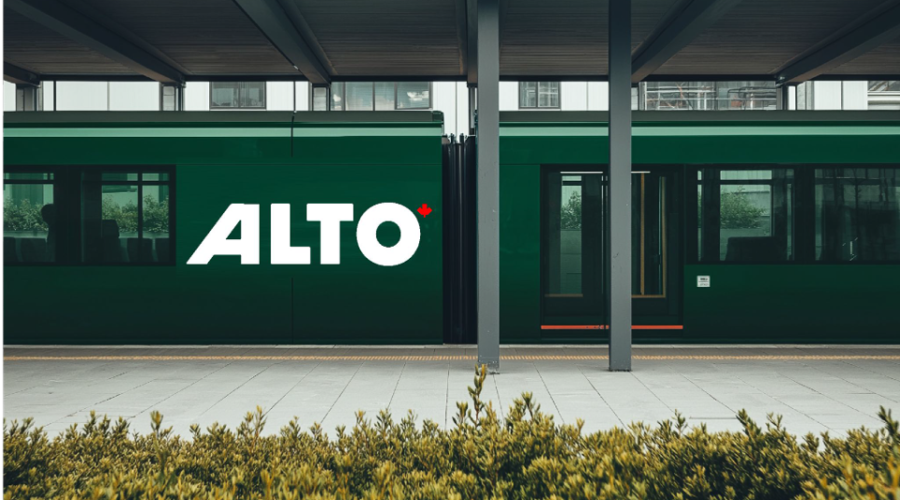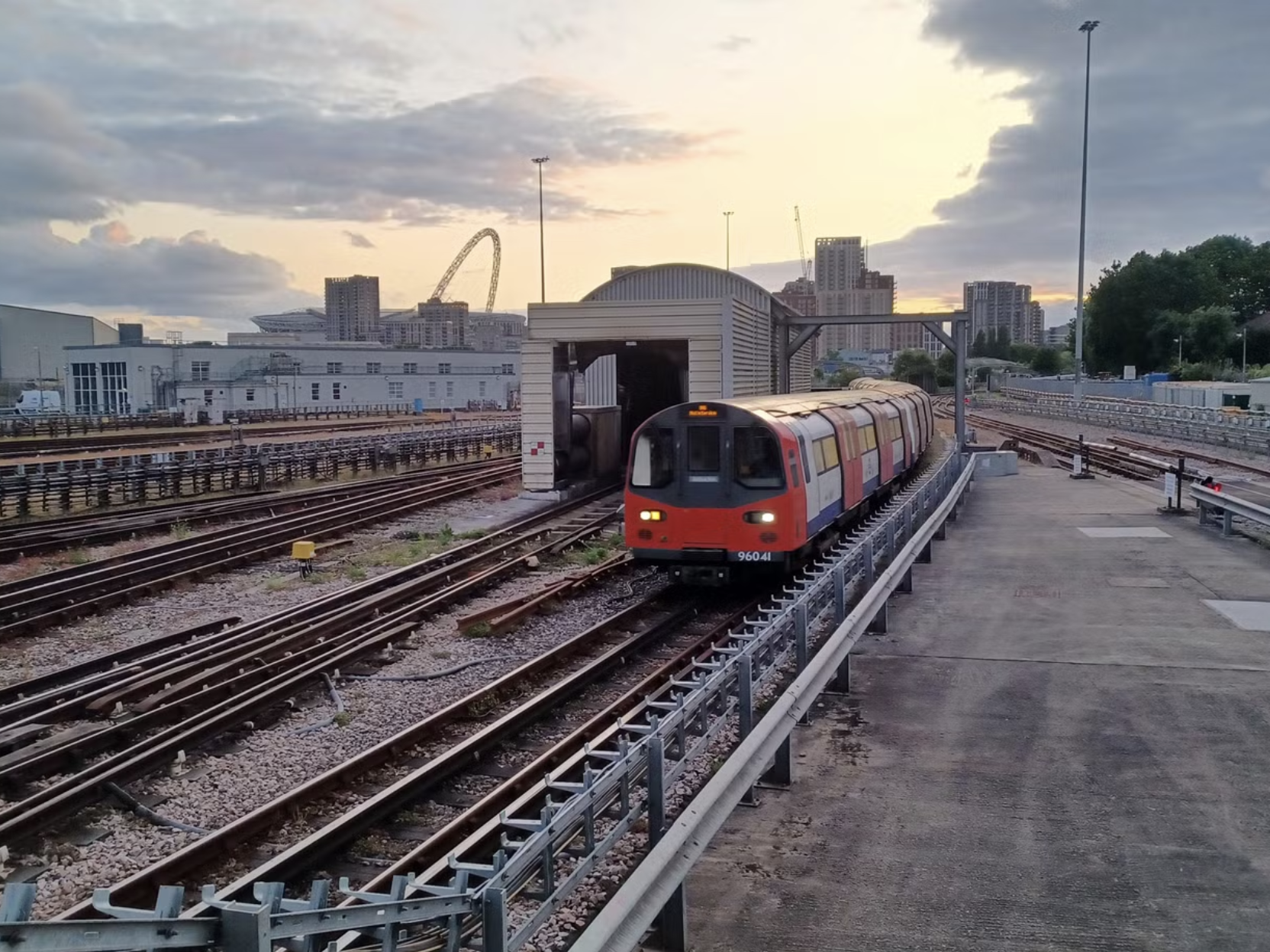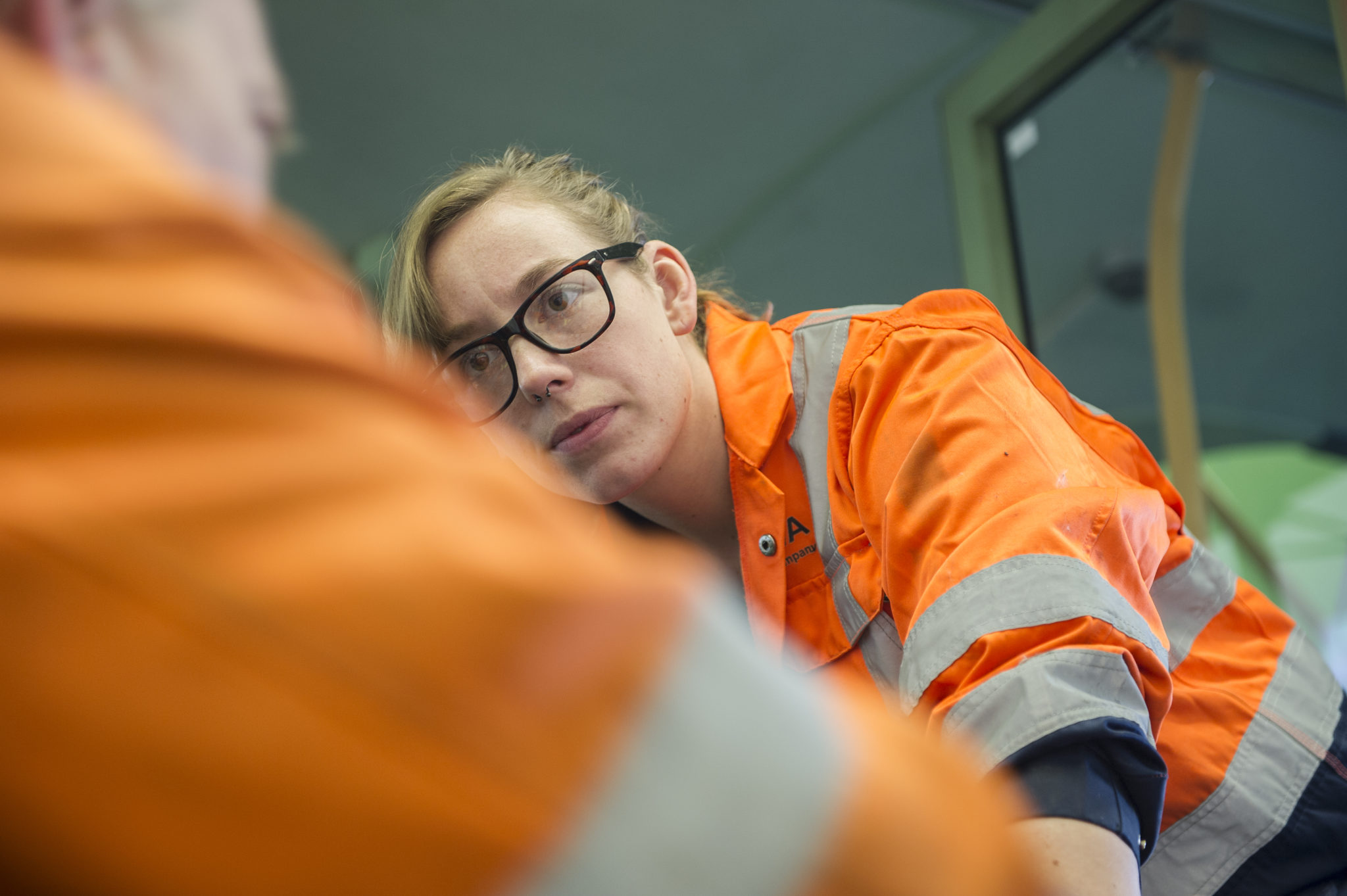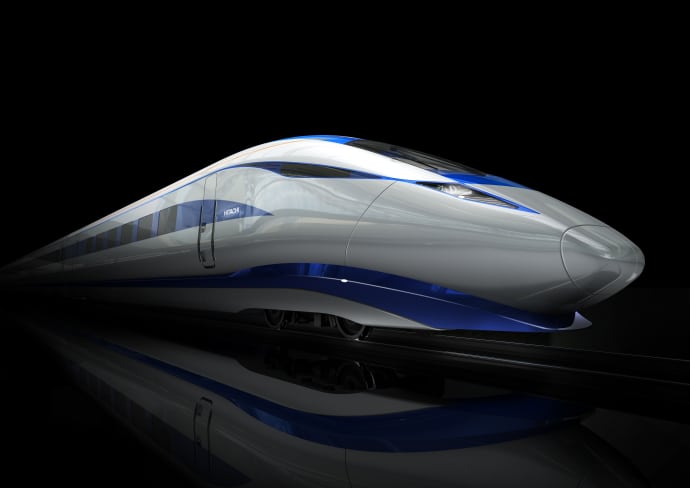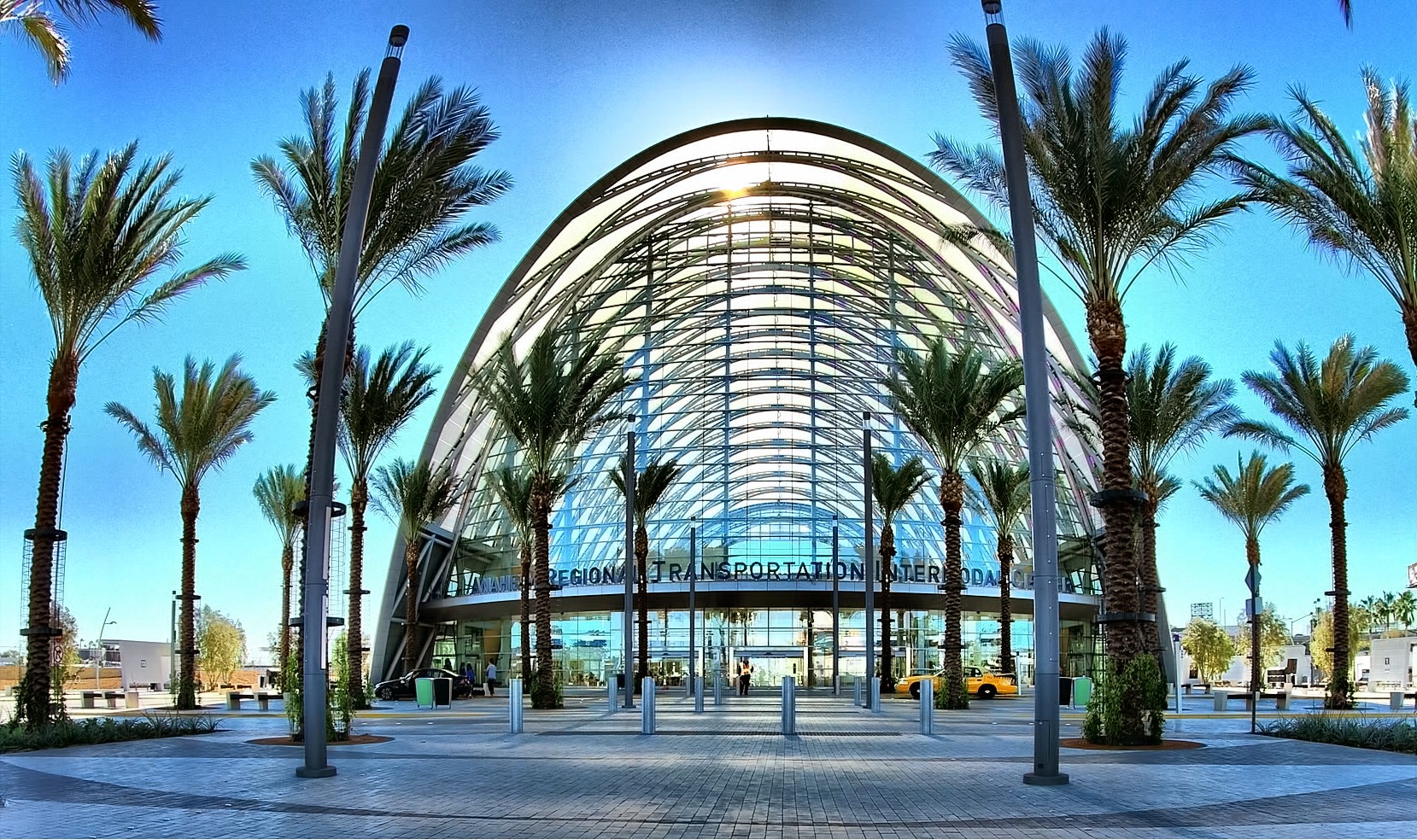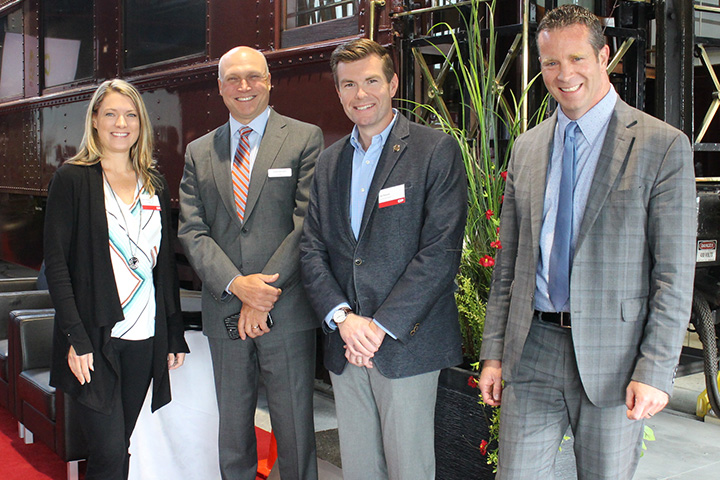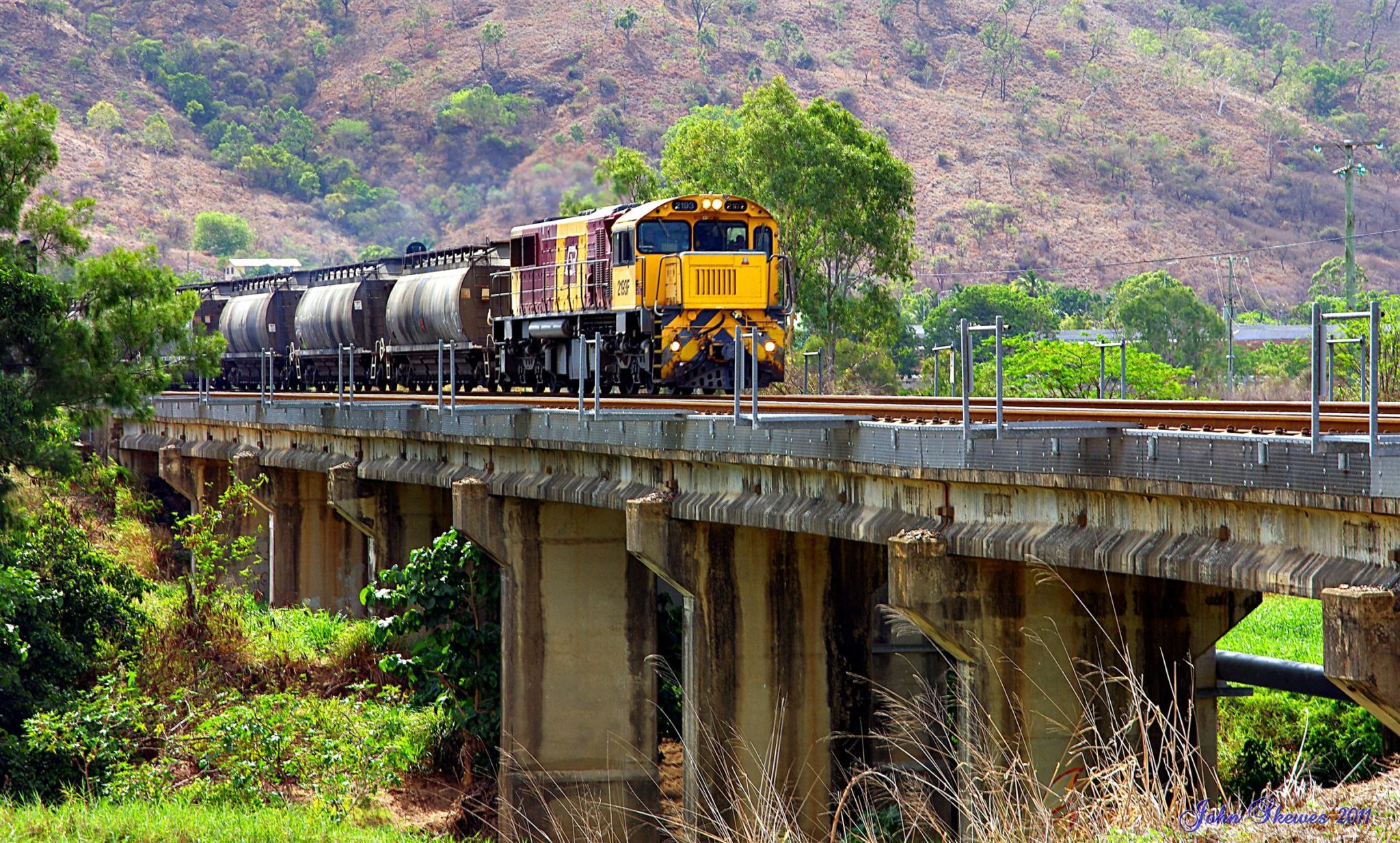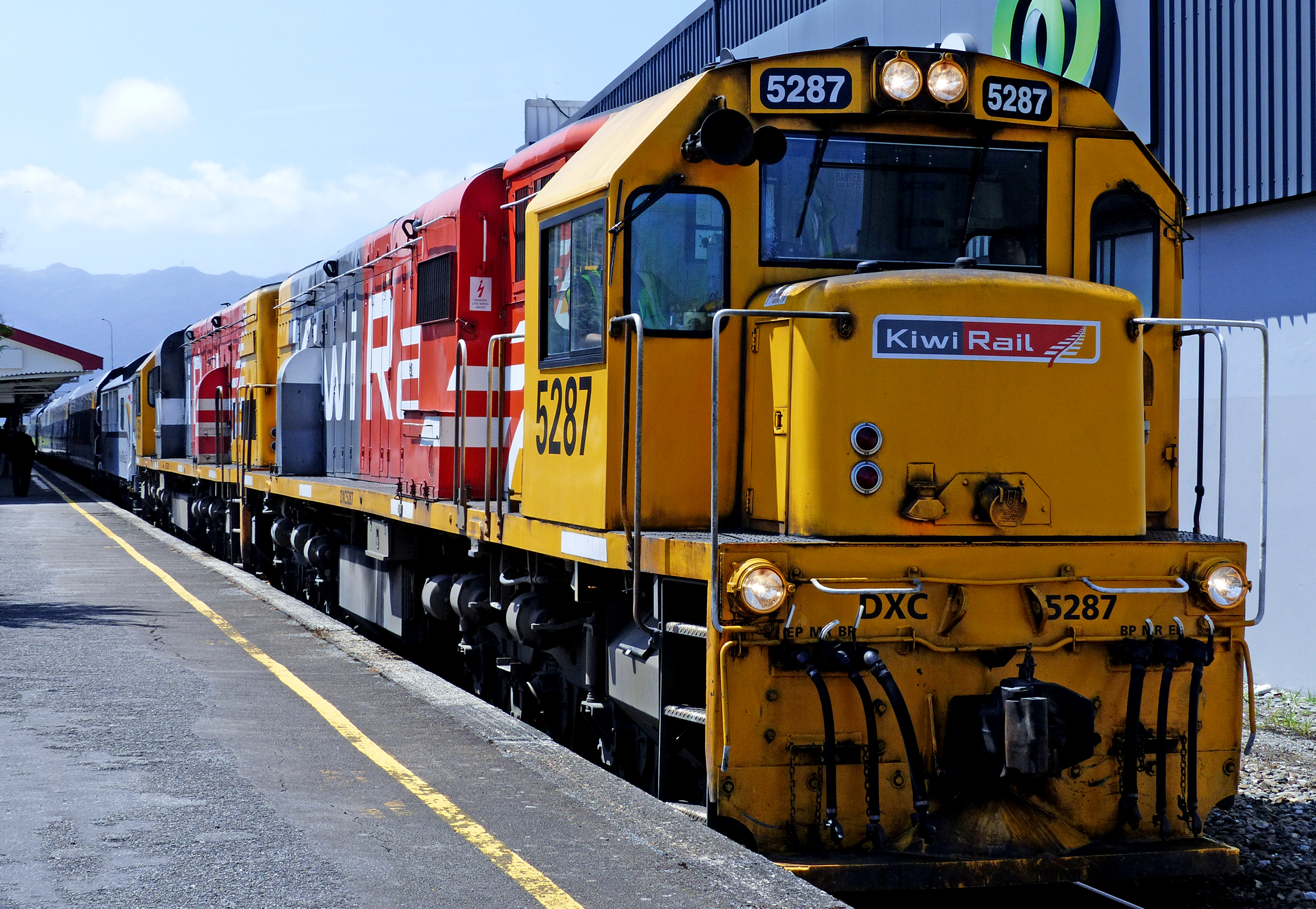
The construction of HS2 is the biggest project in the UK’s rail network, and the speed of developments is increasing rapidly. Several companies have announced their interest in designing and manufacturing the high-speed trainsets, and Sir David Higgins has published a report describing the benefits which the project is already bringing to the economy of the UK. The Department for Transport has even allocated funds for managing the environmental impact of the line once it is completed. Nevertheless, the construction of HS2 has caused a number of objections from different parties. Not all of them, however, are against the principle of the line. Greengauge 21, an organisation which campaigns for the improvement of the entire rail network in the UK, has published its own report on how changes to the design of HS2 can maximise its potential benefits to a larger area of the country. ‘Beyond HS2’ also discusses other modifications to enhance the services across the entire rail network and improve the aspects of economic productivity which depend on them. In this article John Jarvis, Associate Director of Greenguage 21, explains the major points of their vision to Railway-News.
In ‘Beyond HS2’, transport think tank Greengauge 21 sets out a plan for Britain’s rail network in 2040. It seeks to counter the recent trend of case-by-case incremental change and individual project approvals by showing the added value from coherent and long-term network planning.
‘Beyond HS2’ examines the services that should run on HS2 and the opportunities created on parallel existing lines; it identifies the rail services and developments needed across the English regions and in Scotland and Wales; and it considers what should be done to re-connect places ’left behind’ as well.
Greengauge 21 considers high-level policy ambitions for Britain – for economic growth, for reducing the substantial economic and social disparities across Britain, for growing international trade, for carbon reduction and improving air quality; and takes HS2 infrastructure – to be implemented in Phases 1, 2a and 2b in years 2026–33 – as a commitment and asks what lies beyond.
Having noted that Britain has the most congested transport systems in Europe, Greengauge 21 identifies rail as the mode of transport that best helps major towns and cities to prosper – the locations where the economy can be expected to grow most strongly and where demand flows are concentrated. By comparison, the default policy alternative – over-reliance on roads – offers the prospect of more congestion and more dispersed, lower density, development spread across the countryside.
Beyond HS2 addresses some key strategic choices. It proposes:
• A more cautious assumption of 16 trains per hour as a maximum throughput for the HS2 network over the stem of the ‘Y’, rather than the 18 trains per hour proposed by HS2 Ltd but not achieved with high-speed rail anywhere to date. This lower throughput should avoid the need for all trains to stop at Old Oak Common.
• Upgrading the East Coast Main Line to 140 mile/h or even 150 mile/h operation as a high priority alongside HS2, and delivered as a priority. Newcastle-London timings over a shorter upgraded route would closely match those achievable via HS2.
• This frees up capacity on the eastern arm of HS2, so that the North East, Yorkshire and the East Midlands can benefit from more, fast, cross-country services not only to Birmingham but beyond to Bristol and Cardiff as well. In effect, HS2 is re-configured as an X rather than a Y – achieved by an upgrade of the Birmingham-Bristol line and a new junction with HS2 in the West Midlands as shown in Figure 1.
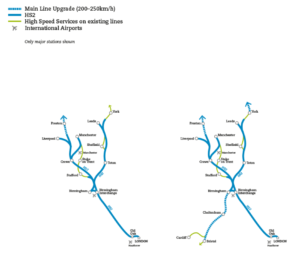
‘Beyond HS2’ proposes upgrades of the Great Western Main Line, and the West Coast Main Line north of HS2. It supports a new line across the Pennines – Northern Powerhouse Rail – and anticipates the need for an east-west tunnel across Manchester. It proposes a new line in Scotland to halve journey times between Edinburgh and Perth and speed up onward journeys to Inverness and Dundee/Aberdeen.
In two areas ‘Beyond HS2’ makes the case for new high-speed lines – from Stratford in East London to Stansted, Cambridge and Colchester to relieve the West Anglia and Great Eastern Main Lines; and to relieve the northern end of the West Coast Main Line into Glasgow. And in addition Beyond HS2 assumes a new high-speed connection into Liverpool from HS2 would be built.
Developments needed by 2030
Some local capacity pressures arise well before 2040. In particular in Beyond HS2 Greengauge 21 highlights:
• the constraints in the Croydon area on the Brighton Main Line
• the need to connect the Black Country to the new HS2 station in Birmingham at Curzon Street (achieved by getting greater use of the Moor Street-Snow Hill line)
• the pressures on the Castlefield corridor in Manchester, where a north-south connection has recently been provided for an expanding network of city region services, but also accommodates long-distance inter-regional trains. ‘Beyond HS2’ identifies the role that a western link to Manchester Airport could play in freeing up the key network/train length constraint at the existing terminus station and reducing conflicting train movements at Piccadilly station in the medium term (by 2029). This would be followed by a tunnelled link westward from the new HS2/Northern Powerhouse Rail platforms at Piccadilly to Ordsall.
Beyond HS2 identifies six city regions – Birmingham, Bradford, Leeds, Liverpool, Manchester, and Newcastle – where investment to create better cross-city rail links would bring huge benefits, and shows the specific measures needed. Together, the report says these are projects of national – not just city regional – significance.
An even more basic requirement arises in the South West, where questions of network resilience need to be addressed not just by the mitigation measures now planned along the Dawlish coast, but also by the creation of an inland route that matches (or betters) current journey times. Beyond HS2 provides for this, along with measures to speed up Taunton-London journey times.
The importance of connectivity with international gateways – ports and airports – is not overlooked and has led to specific proposals:
Ports
• for London Gateway/Tilbury and, with a lower Thames rail crossing, for freight terminals in North Kent/Eurotunnel, a new freight link between Pitsea and Wickford, and a new connection to the GEML to provide:
o a freight route around London
o north-south rail connectivity in Essex
o and direct rail passenger connectivity between Essex and Kent
• for the new port at Liverpool and across the Pennines, the upgrade of the line through Ormskirk to Preston and a re-instated connection at Lostock Hall to connect eastwards via Blackburn to the Calder Valley line
• completion of the Felixstowe-Nuneaton strategic freight route.
Airports
• at Heathrow, the creation of joined-up connections to the west, south and south-east that will support the operation of direct airport services from the Solent, South West England, South Wales and the Midlands without compromising the already critically-loaded route between Airport Junction and Paddington
• at Manchester Airport, the implementation of the western rail link, opening the opportunity to operate new direct airport services and overcoming the capacity constraints of the current terminus arrangements
• at Edinburgh Airport, where a new north-south connection between the new Gateway station and Curriehill would allow the operation of airport/Fife services from Glasgow and through England-Edinburgh Airport-Aberdeen services
‘Beyond HS2’ also does not overlook places ‘left behind’ – places with primary industries lost over the last 40 years, places with, at best, only partial attempts at economic and social regeneration in the ensuing decades. For these places which don’t even get considered for transport investment, Greengauge 21 has set out a programme of affordable measures. Places like Mansfield – where they show how connections to the HS2 station at Toton can be provided. And for many others, there is scope to integrate rail with new and existing high-quality inter-urban bus services – rather than endure what in many cases will likely be a long wait for railway line re-openings. Figure 2 sets out the ‘Beyond HS2’ strategic plan for 2040 and Figure 3 the high-speed rail elements.
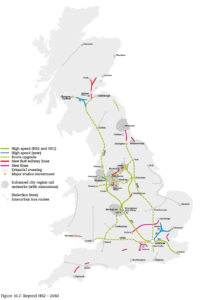
Post-2040, further high-speed lines might be developed, for instance northwards from the new high-speed line towards Cambridge if the capacity created in the East Coast Main Line is fully used up, and over some northern parts of the West Coast Main Line.
Next Steps
The Beyond HS2 policy imperative is to ensure a start can be made to maximise the use of rail to support growing cities and to help redress the imbalanced pattern of economic prosperity that is such a drain on the national account. ‘Beyond HS2’ makes the case that a 20–25-year vision is itself a boost to the economy, whilst on the other hand ignoring the value of a coherent long-term plan will carry a very high price:
• the full benefit of HS2 will not be realised
• places that benefit from released capacity created by HS2 will continue to presume they are at risk of being bypassed or disadvantaged
• places not served at all by HS2 will not get the improvements needed to provide connectivity gains – and in the case of the South West – even essential day by day network resilience will continue to be illusory
• accessing our ports and airports will remain over-dependent on access by congested road networks
• areas ‘left behind’ will remain ‘left behind’
• the economic boost that a well-thought-out strategy provides, will be lost
• the rail supply chain – a reborn industrial sector in the making – will fester, its forward work-load at best uncertain, at worst unknown
• with investments taken on a case-by-case basis, the scope for programme and project cost savings will be lost, and nugatory expenditure will be a very high-risk.
These are messages that Sir David Higgins and HS2 Ltd share as reflected in their report Realising the Potential published on 19 July.
Planning should start now for how best to shape the wider transport network around the new high-speed backbone that HS2 will provide. This planning should look beyond incremental changes to services on the wider rail network and ensure that HS2 forms the basis for a new national transport strategy that is fit for the 21st century.

















